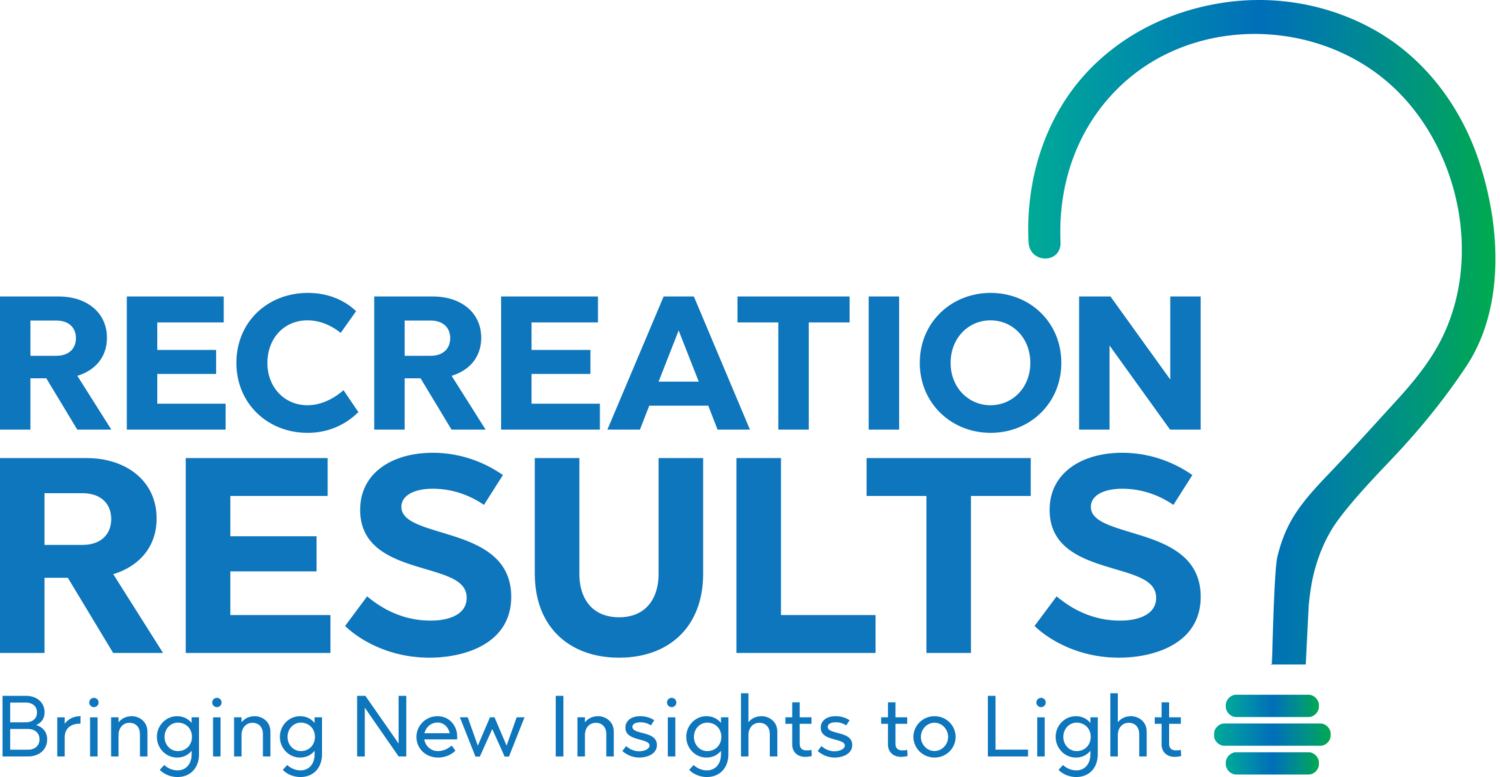This article was co-published with Emerging Local Government Leaders.
As someone who works in local government, it's safe to say that I'm not always looked upon as a model member of our society (yet....changing the world's perception takes time). And as a local government worker in Illinois with our rich history of corrupt governors (don't forget that we're also the Land of Lincoln too!), I get even less respect from the public. But when you add to all of that that I work for a "special district," well, let's just say that I sometimes draw a lot of strange looks from my fellow local government peers, especially when I leave the comfort zone of parks & recreation in Illinois.
Now in everyone's defense, I understand that special districts can seem a little odd. In case you aren't aware, special districts are government districts that exist independently from general purpose local governments such as county, municipal, or township governments, and as the name implies, usually exist for a special or specific purpose. Often, they were formed to fund services that general purpose local governments could not (or did not want to) pay for. Of course, years after they have been formed and the citizens have long forgotten that these special districts were created by the voters themselves, they can take a beating by some politicians, university professors, the public, and other local governments as being fragmented, duplicative, and wasteful.
Illinois special districts are under fire right now as the state and other local governments are trying to find a way to tighten their purse strings. And everyone inside and outside of the state likes to throw around the statistic that Illinois has the highest number of local government districts in the country with a total of 6,963 according the 2012 Census of Governments. But before you grab your pitchfork and jump on the special district doubter bandwagon though, it's important to take a few moments to think about what that number really means.





